Medical instructions for the use of cabergoline
Pharmacological action
A derivative of ergoline ergot alkaloid, agonist of dopamine D2-receptors. Stimulating these receptors of the pituitary gland, it causes pronounced and prolonged inhibition of secretion of the anterior lobe hormone prolactin. It has therapeutic effect in hyperprolactinaemia, reducing the severity of its manifestations such as menstrual disorders (oligomenorrhoea, amenorrhoea), infertility, galactorrhoea; impotence, decreased libido. Prevents and suppresses physiological lactation.
In doses higher than those required to suppress prolactin secretion, cabergoline causes central dopaminergic effect due to stimulation of dopamine D2-receptors. The action is dose-dependent. Cabergoline reduces daily motor fluctuation in patients with Parkinson’s disease who are treated with a levodopa/carbidopa combination. Cabergoline has selective activity without affecting basal secretion of other pituitary hormones and cortisol.
The pharmacodynamic effects of cabergoline, unrelated to therapeutic activity, include only BP lowering. With a single administration, the maximum hypotensive effect is noted during the first 6 h and is dose-dependent.
Pharmacokinetics
After oral administration, cabergoline is rapidly absorbed from the GI tract. Cmax in blood plasma is reached in 0.5-4 h. Food has no effect on absorption or distribution of cabergoline. Pharmacokinetics has a linear character up to a dose of 7 mg/day.
The binding of cabergoline (at a concentration of 0.1-10 ng/ml) to plasma proteins is 41-42%.
Cabergoline metabolites were detected in urine: 6-allyl-8β-carboxy-ergoline in the amount of 4-6% of the dose taken, as well as three other metabolites with a total content of less than 3%. All metabolites inhibit prolactin secretion to a much lesser extent (compared to cabergoline).
Cabergoline has a prolonged T1/2. T1/2 in healthy volunteers is 63-68 h, T1/2 in patients with hyperprolactinaemia is 79-115 h. With this T1/2 the equilibrium state is reached in 4 weeks. In urine and faeces, 18% and 72%, respectively, of the administered dose is detected. The content of unchanged cabergoline in the urine is 2-3%.
Indications of active substances of the preparation Cabergoline
Prevention of physiological lactation after childbirth; suppression of already established postpartum lactation; treatment of disorders associated with hyperprolactinaemia, including amenorrhoea, oligomenorrhoea, anovulation, galactorrhoea; prolactinsecreting pituitary adenomas (micro- and macroprolactinomas); idiopathic hyperprolactinaemia; empty Turkish saddle syndrome in combination with hyperprolactinaemia.
Dosing regimen
The method of administration and dosage regimen of a particular drug depend on its form of release and other factors. The optimal dosage regimen is determined by a doctor. It is necessary to strictly observe the compliance of the used dosage form of a particular drug with the indications for use and dosage regimen.
It should be taken orally. Dosage and regimen are set individually, depending on the indications and clinical situation.
Side effects
- Cardiovascular system: palpitations, angina pectoris; with prolonged use of cabergoline usually has a hypotensive effect, in some cases there may be orthostatic arterial hypotension; asymptomatic decrease in BP during the first 3-4 days after delivery is possible.
- Nervous system: dizziness/vertigo, tremor, headache, increased fatigue, drowsiness, depression, asthenia, paresthesias, fainting, nervousness, anxiety, insomnia, impaired concentration, impulse control disorders (excessive passion for shopping, overeating, spending money).
- Digestive system: nausea, vomiting, pain in the epigastric region, abdominal pain, constipation, gastritis, dyspepsia, dry mouth mucosa, diarrhoea, flatulence, toothache, sensation of irritation of the pharyngeal mucosa.
- Respiratory system: pleurisy.
- Other: mastodynia, dysmenorrhoea, nose bleeding, rhinitis, “flushes” of blood to the skin of the face, transient hemianopsia, spasms of blood vessels of fingers and cramps of muscles of the lower extremities, visual disturbances, flu-like symptoms, malaise, periorbital and peripheral oedema, anorexia, acne, skin itching, joint pain.
In long-term therapy with cabergoline, deviation from the norm of standard laboratory parameters was rarely observed; in women with amenorrhoea a decrease in haemoglobin content was observed during the first few months after menstruation recovery.
Contraindications to use
Hypersensitivity to cabergoline and ergot alkaloids; cardiac and respiratory disorders due to fibrotic changes in the lungs, pericardium, heart valves or retroperitoneum, or the presence of such conditions in the anamnesis;in long-term therapy – anatomical signs of pathology of cardiac valve apparatus (such as thickening of the valve leaflet, narrowing of the valve lumen, mixed pathology of valve narrowing and stenosis), confirmed by EchoCG, performed at the beginning of therapy; risk of postpartum psychosis; period of breastfeeding; children under 16 years of age.
With caution: arterial hypertension developed during pregnancy, e.g. pre-eclampsia or postpartum arterial hypertension; severe cardiovascular disease, Raynaud’s syndrome; hypotension, Parkinson’s disease; severe psychotic or cognitive disorders (including.in anamnesis; peptic ulcer, gastrointestinal bleeding; severe hepatic insufficiency (lower doses are recommended); renal insufficiency; concomitant use with drugs having hypotensive effect (due to the risk of orthostatic hypotension).
Use in pregnancy and lactation
Use in pregnancy is indicated only in cases when the expected benefit to the mother exceeds the potential risk to the foetus.
If pregnancy occurs against the background of treatment with cabergoline, its administration should be immediately discontinued, also with careful assessment of the ratio of the expected benefit to the possible risk to the woman and the foetus.
Cabergoline restores ovulation and fertility in women with hyperprolactinaemic hypogonadism. Because pregnancy may occur before menstruation is restored, pregnancy tests are recommended at least every 4 weeks during the period of amenorrhoea and, after menstruation is restored, every time there is a delay of more than 3 days in menstruation.Women who wish to avoid pregnancy should use barrier methods of contraception during treatment with cabergoline and after its withdrawal until anovulation recurs. Women who become pregnant should be under medical supervision for timely detection of symptoms of pituitary enlargement, because during pregnancy it is possible to increase the size of pre-existing pituitary tumours.
There is no information about excretion of cabergoline with breast milk.If it is necessary to use during lactation, the question of discontinuation of breastfeeding should be solved.
Use in liver dysfunction
Contraindicated in severe hepatic insufficiency (lower doses are recommended).
Use in renal dysfunction
Use with caution in patients with renal insufficiency.
Use in children
Use in children under 16 years of age is contraindicated (safety and efficacy of cabergoline have not been established).
Showing 1–16 of 5486 results
-

1 Test Cyp 100mg/ml – Nakon Medical Nakon Medical
108,00 € Add to cart -

1 Testosterone Cypionate Euro Pharmacies
33,00 € Add to cart -
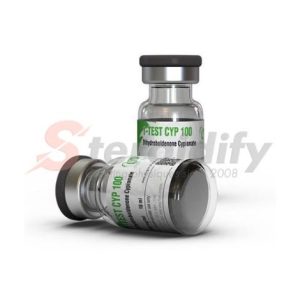
1-Test Cyp 100 Dragon Pharma
109,00 € Add to cart -
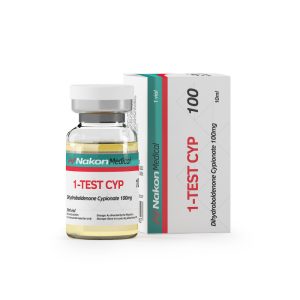
1-Test Cyp 100 Nakon Medical
94,00 € Add to cart -

1-Testosterone Cypionate (DHB) 10ml Euro-Pharmacies
70,00 € Add to cart -
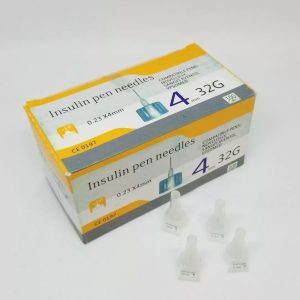
1-Testosterone Cypionate DHB 75mg/ml, 15ml/vial USA Euro-Pharmacies
114,00 € Add to cart -

1-Testosterone Cypionate DHB 75mg/ml, 15ml/vial USA Pharmaceutical
114,00 € Add to cart -
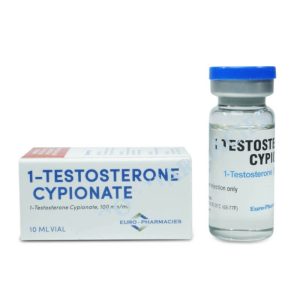
1-Testosterone Cypionate Euro-Pharmacies
126,00 € Add to cart -

1-TESTOSTERONE CYPIONATE NORDIC FUSION
69,00 € Add to cart -

10 amp-1-Testosterone Cypionate (DHB) – 100mg/ml 1ml-amp EU Euro-Pharmacies
66,00 € Add to cart -

10 amp-1-Testosterone Cypionate (DHB) – 100mg/ml 1ml-amp EU Pharmaceutical
66,00 € Add to cart -

10 amp-Drostanolone Enanthate 200mg-ml 1ml-amp EU Euro-Pharmacies
120,00 € Add to cart -
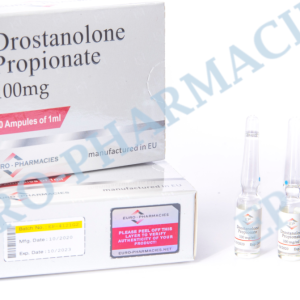
10 amp-Drostanolone Propionate 100mg-ml 1ml-amp EU Euro-Pharmacies
84,00 € Add to cart -
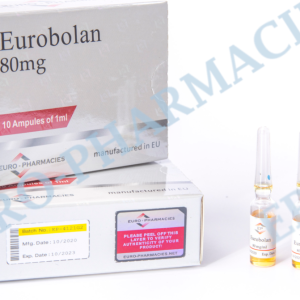
10 amp-Eurobolan (Tren Hexa) – 80mg/ml 1ml-amp EU Euro-Pharmacies
108,00 € Add to cart -

10 amp-Nandrolone Decanoate (Deca) – 250mg-ml 1ml-amp EU Euro-Pharmacies
84,00 € Add to cart -

10 amp-Nandrolone Decanoate (Deca) – 250mg-ml 1ml-amp EU Pharmaceutical
84,00 € Add to cart